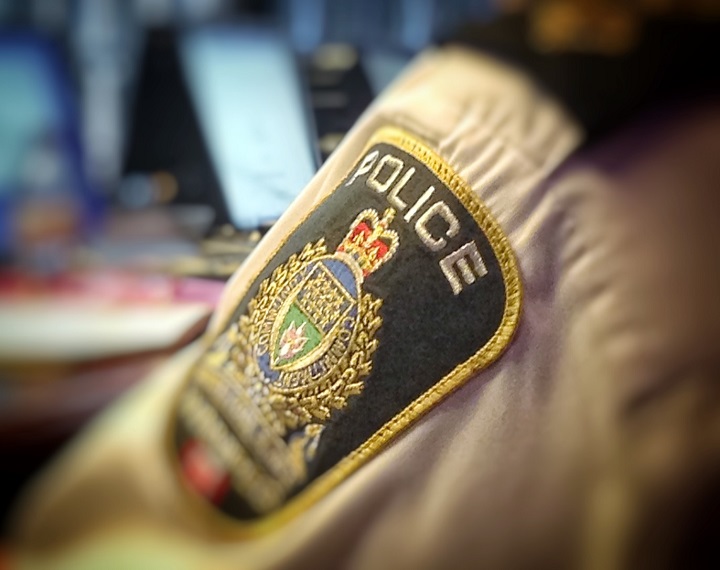WINNIPEG — They handle everything from missing persons and car crashes to an increase in drug overdoses around the city. Now new data obtained by Global News shows Winnipeg police officers are either responding to calls or working proactively in their community nearly 95 per cent of the time.

Documents obtained through a Freedom of Information request show the percentage of time each general patrol unit around Winnipeg was “available” to respond to a call.
RELATED: Winnipeg firefighter ‘availability’ time nearly 30% higher than industry standard
On average, cruisers were free just 4.72 per cent of the time last year.
“We are the busiest jurisdiction in Canada and we have some of the slowest response times,” said union president Maurice Sabourin. “That is a direct result of the availability of our members.”
When broken down further, there were six months during 2015 where cruisers were available less than four per cent of the time.
“Available” means cruisers and patrol officers can respond to a call and aren’t currently attached to an incident; essentially they are “free.”
“When other agencies are closed, the police become the stop gap,” said Sabourin. “If you can’t get hold of mental health professionals … police are called. When you can’t get hold of CFS … police are called.”
The statistics aren’t broken down by district but do show that the quietest month officers had last year was in January when patrol cruisers were free close to eight per cent of the time.
Since 2007, there has been a 35 per cent increase in calls for service and more and more often non-urgent calls are being forced to wait.
“If we don’t have units to bump or pre-empt from specific calls for those more emergent situations, that would be where our largest concern is,” said Deputy Chief Gord Perrier. “We’re not seeing that yet. We still have some flex.”
While there may still be some wiggle room to re-allocate resources during peak times, the police service said low availability is still a concern.
“(Our officers) are feeling those busy times,” said Perrier. “We feel stretched at certain times.”
While the numbers are for general patrol officers only, Perrier said the service has some opportunities to use officers from other units to help fill the gaps when needed.
“You’re going to be hard pressed to find a chief of police or a deputy chief of police not talking about demands for service,” said Perrier.
These numbers are a stark contrast to what Global News reviewed in similar documents regarding firefighter availability.
Last month, documents obtained by Global News through a Freedom of Information request show the percentage of time each fire truck at halls around Winnipeg were “available” to respond to a call.
RELATED: Documents show widespread ‘availability’ for Winnipeg firefighters
On average, the 43 fire trucks in the city were free 88 per cent of the time last year.
“Available” means trucks can respond to a call and aren’t currently attached to an incident; essentially they are “free.”
It’s well above the industry standard.
“The ideal standard is about 60 per cent,” said Fire Chief John Lane. “But you don’t want to get below that.”
Station 1 on Ellen Street is the busiest in the city.
Last year’s data shows firefighters at No. 1 station were available nearly 82 per cent of the time.
In Sage Creek, the slowest hall in the city, crews spent only 5.5 per cent of their time responding to calls.
The numbers also take into account when equipment or teams are taken out of service for training or maintenance.




Comments